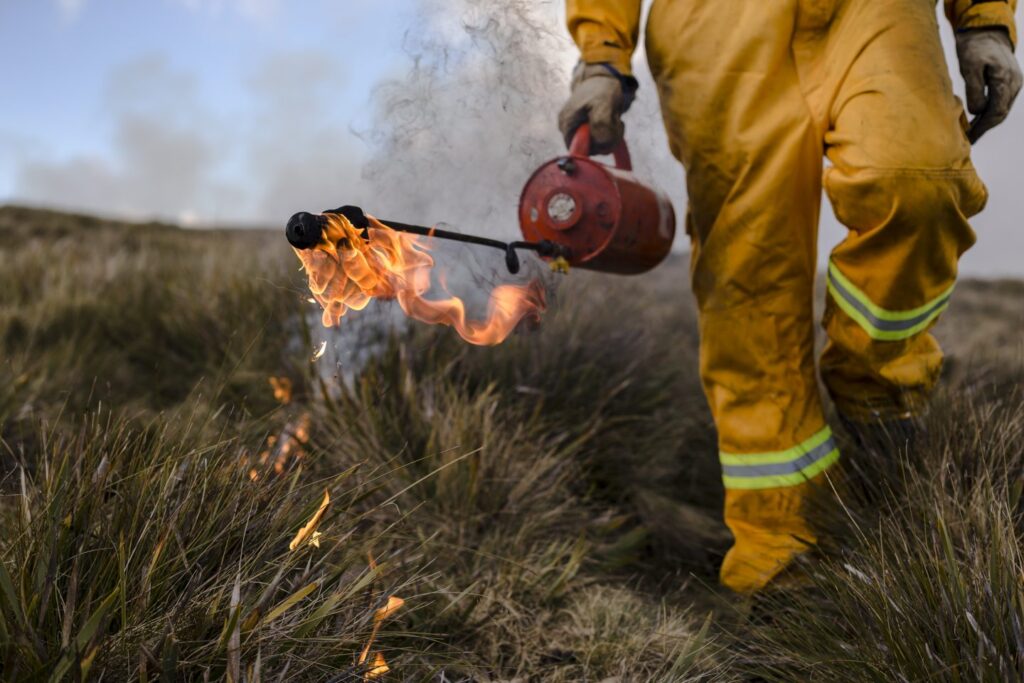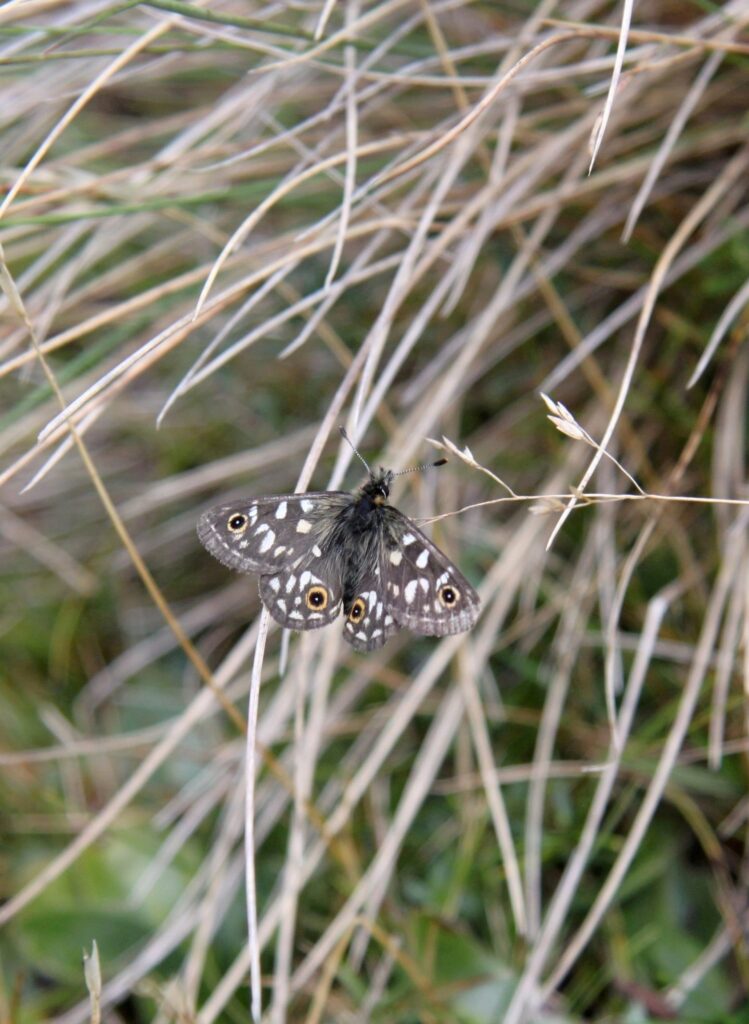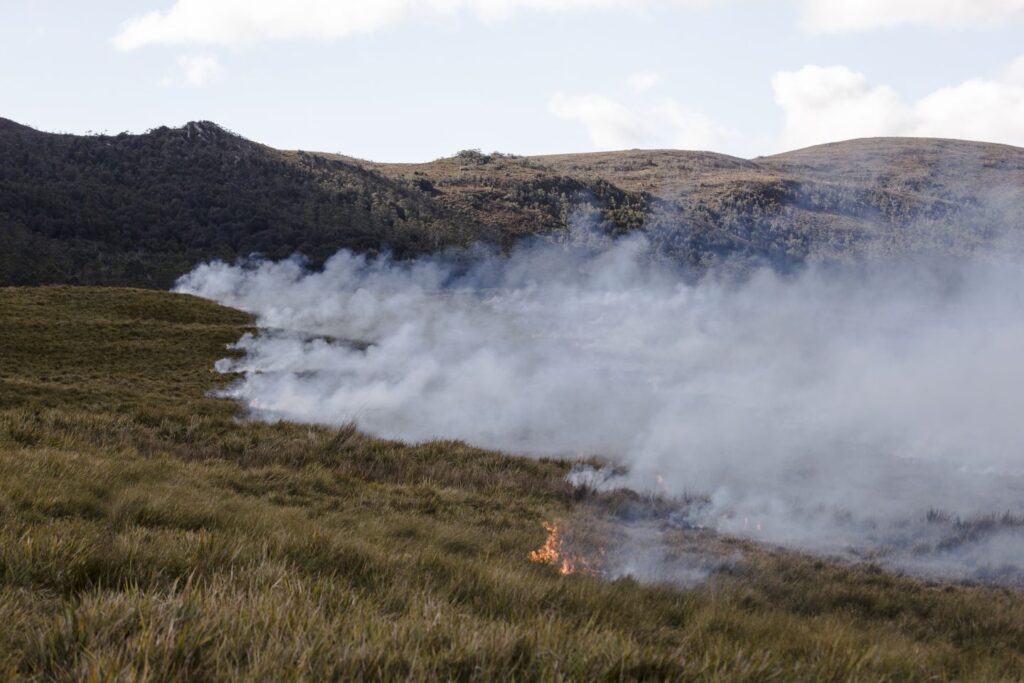High intensity bushfires are a major threat to Ptunarra brown butterflies (Oreixenica ptunarra), but little is known about how the butterflies respond to management burns.
That could soon change though, as the Tasmanian Land Conservancy embarks on a new burning regime at its Vale of Belvoir Reserve – home to one of the largest and most secure populations of the butterfly in the state.
The first management burn at the Vale of Belvoir Reserve was conducted last September. TLC staff returned to the reserve this March to find that the butterflies were still present in the burn areas, and in numbers that appeared comparable to the pre-burn population.
Although many more years of data will be needed before concrete conclusions can be drawn about how the butterflies respond to management burns, the finding is a promising step in the right direction.
“What we can now say is that the Ptunarras are looking good, and the burning program is looking good for Ptunarras as well,” says TLC Reserve Manager Denna Kingdom.
The Ptunarra brown butterfly is a Tasmanian native and nationally endangered species that lives only in the grasslands of the Midlands, Northwest Plains and Central Plateau.
For Ptunarras, native grasslands provide shelter from predators, food, and a place to lay their eggs, deep in the bases of Poa tussocks. However, native grasslands are a locally threatened ecological community in Tasmania due to land clearing, grazing and the introduction of exotic grasses.
In order for the grasslands on the TLC’s reserves to remain as such – and not turn into forest – they need to be disturbed. This can be achieved through low-level grazing or burning.
“We know that stock grazing has impacts on the wetlands, so we’re trying to see if we can manage the grasslands just with fire,” says Denna.
The TLC tried to minimise the impact of the September burn on the butterflies by timing the burn to coincide with their larval stage.
“In the larval stage the butterflies burrow right down into the bases of the tussocks, and those tussock bases don’t burn under the right conditions, which they were last September,” says Denna.
When Denna and other TLC staff returned to survey the population in March, the butterflies were in their flying season. The season lasts for about three weeks and is the only time that the population can be counted.
“The butterfly’s numbers increase and decrease quite rapidly over the flying season, so you need to have a fair amount of resources and good luck to see them,” says Denna.
More management burns will be carried out at the Vale of Belvoir Reserve in coming years, and the TLC will continue to closely monitor the Ptunarra brown butterfly population there.




